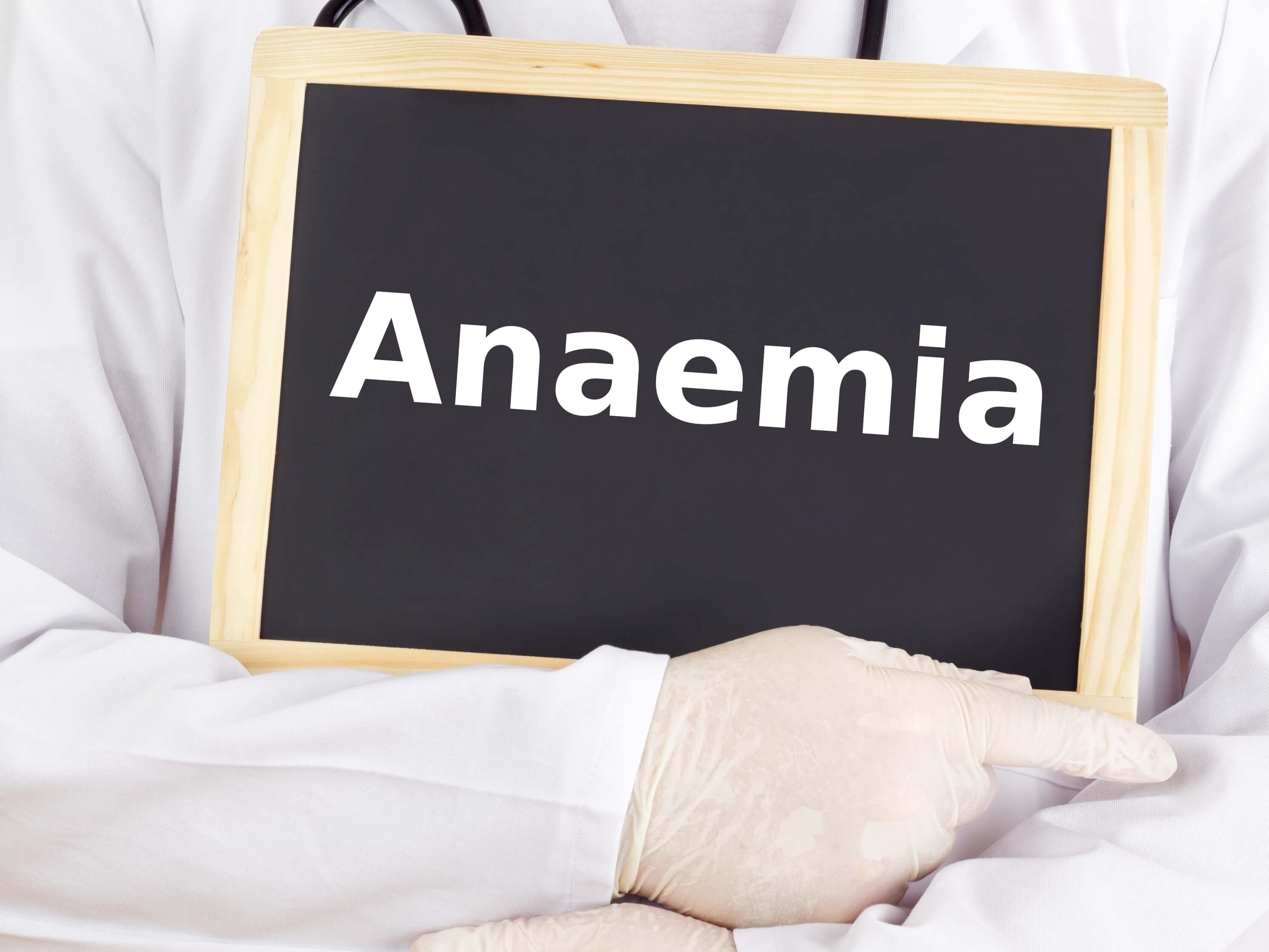Fanconi Anaemia and Stem Cells
The bone marrow is responsible for producing red blood cells which carry oxygen around the body, white blood cells which are a crucial part of the immune system, and platelets which clot the blood to prevent bleeding from cuts.
Fanconi anaemia results in bone marrow failure, a very serious condition whereby the bone marrow makes insufficient blood cells to allow the body to function properly. FA can also cause the bone marrow to make many defective blood cells which can result in leukaemia, a type of blood cancer.[5]
In addition to anaemia and bone marrow failure, there are a series of birth defects associated with Fanconi anaemia. These can include congenital heart defects, kidney problems or even a missing kidney, skeletal defects and congenial hearing loss to name but a few.[1]
Fanconi Anaemia Facts
- An estimated 1:181 carry the defective gene which causes the disease [1]
- There is a 1:131,000 chance of being born with FA [1]
- Ashkenazi Jews and Afrikaners are most likely to be affected by FA [1]
- There are 8 kinds of FA
- Most cases of Fanconi anaemia are diagnosed before 7 years of age [2]
- 9% of cases are diagnosed in adults [2]
- There are 41 clinical trials investigating the application of stem cells to treat FA [3]
- There are 9 clinical trials investigating the application of cord blood in to treat FA [4]
- FA is a type of Aplastic anaemia [5]
- FA can lead to leukaemia [5]
Fanconi Anaemia and Stem Cells
Unfortunately, without treatment Fanconi anaemia is fatal. However, a stem cell transplant can be a curative treatment for FA sufferers. [2]
Stem cell transplants have been a major advance in the treatment of Fanconi Anaemia and have improved the chances of patients with FA surviving longer. [5] Thanks to allogeneic stem cell transplants, survival rates in FA have dramatically improved since 2000. [6]
In patients with Fanconi anaemia, allogeneic stem cell transplants are preferred. Allogeneic stem cells come from a donor, this could be a relative, a friend, or a stranger matched to the patient from a stem cell registry.
However, one study suggests that autologous stem cell gene therapy, where a patient’s own blood stem cells are modified so that the wild-type gene (normal gene) product could avoid some of the complications associated with allogeneic stem cell transplant. The study went on to say that the goal of the 1st International Fanconi Anemia Gene Therapy Working Group Meeting was to ascertain the best way forward for moving stem cell gene therapy into clinical trials for individuals with FA.[6]
References
- http://www.healthline.com/health/fanconis-anemia#Overview1
- http://patient.info/doctor/fanconis-anaemia
- https://clinicaltrials.gov/ct2/results?term=fanconi+anaemia+stem+cells&Search=Search
- https://clinicaltrials.gov/ct2/results?term=cord+blood+fanconi+anaemia&Search=Search
- http://www.nhlbi.nih.gov/health/health-topics/topics/fanconi/
- http://www.ncbi.nlm.nih.gov/pmc/articles/PMC3129570/
The information contained in this article is for information purposes only and is not intended to replace the advice of a medical expert. If you have any concerns about your health we urge you to discuss them with your doctor.


